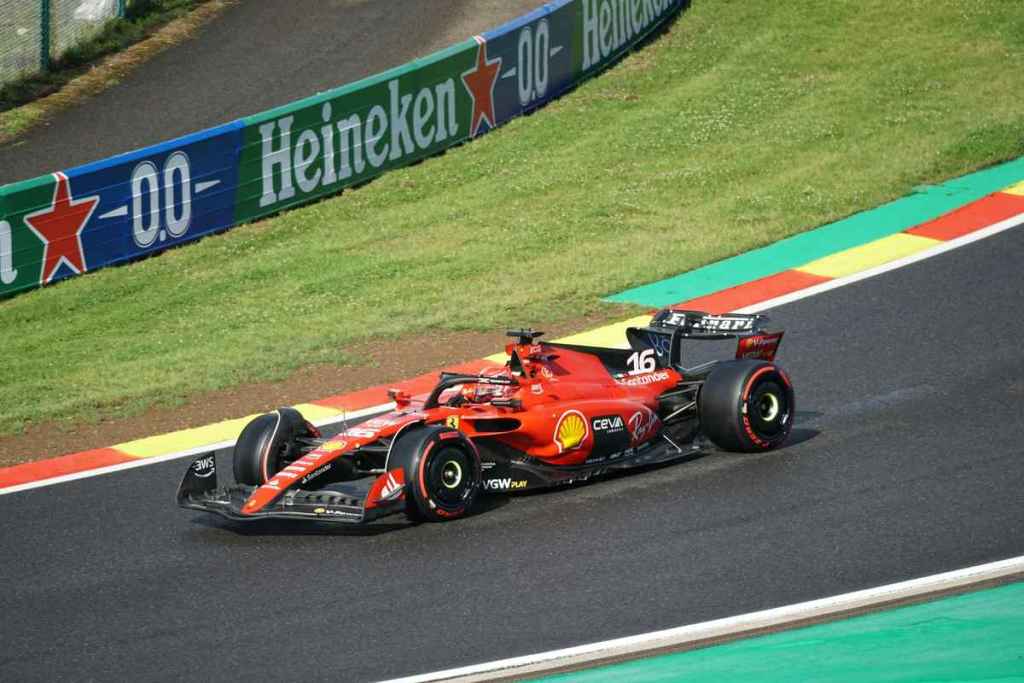Year-to-Date (YTD) Sales Tracking for KDP Authors
Introduction
As a KDP author, tracking your Year-to-Date (YTD) sales is crucial for understanding your book’s performance and making informed decisions. YTD sales provide a comprehensive view of your book’s revenue over a specific period, typically from January 1st to the current date. By monitoring your YTD sales, you can identify trends, adjust your marketing strategies, and set realistic sales goals.
Benefits of YTD Sales Tracking
- Monitor your book’s performance: Track your book’s sales over time to see how it’s performing compared to your expectations.
- Identify sales trends: YTD sales can help you identify seasonal fluctuations, sales spikes, or downturns, allowing you to adjust your marketing strategies accordingly.
- Make informed decisions: Use YTD sales data to make informed decisions about your book’s pricing, promotions, and marketing campaigns.
- Set realistic sales goals: By tracking your YTD sales, you can set realistic sales goals for the future and measure your progress towards them.
Methods for Tracking YTD Sales
There are several methods you can use to track your YTD sales as a KDP author:
1. Amazon KDP Reports
Amazon KDP provides authors with detailed sales reports that include YTD sales data. To access these reports, log into your KDP account and navigate to the “Reports” section. You can generate reports for specific date ranges or view your YTD sales by selecting the “Year-to-Date” option.
2. Third-Party Tracking Tools
There are several third-party tracking tools available that can help you track your YTD sales. These tools often provide additional features, such as sales forecasting, royalty calculations, and performance analysis. Some popular third-party tracking tools include BookBub Analytics, Author Central, and Draft2Digital.
Glossary
Year-to-Date (YTD) Sales: The total sales of a book or product from January 1st to the current date.
Tracking: Monitoring and recording sales data to analyze performance and trends.
KDP (Kindle Direct Publishing): Amazon’s self-publishing platform that allows authors to publish and sell their books on Amazon.
Author Central: A platform provided by Amazon that enables authors to manage their book information, track sales, and connect with readers.
BookBub Analytics: A tool that provides authors with insights into their book sales, reader demographics, and marketing performance.
Draft2Digital: A self-publishing platform that distributes books to multiple retailers and provides authors with sales tracking features.
Royalty Calculations: Determining the amount of money an author earns from book sales based on the agreed-upon royalty rate.
Performance Analysis: Evaluating sales data to identify areas for improvement and optimize marketing strategies.
Sales Forecasting: Predicting future sales based on historical data and market trends.
Seasonal Fluctuations: Variations in sales that occur during specific times of the year, such as holidays or school semesters.
Sales Spikes: Sudden increases in sales, often driven by marketing campaigns or promotions.
Downturns: Periods of decreased sales, which can be caused by factors such as competition or changes in reader preferences.
Informed Decisions: Making decisions about pricing, promotions, and marketing based on data and analysis.
Realistic Sales Goals: Setting achievable sales targets based on historical data and market research.
Sales Reports: Documents that provide detailed information about book sales, including YTD sales, royalties earned, and sales channels.
Third-Party Tracking Tools: Software or services that assist authors in tracking their book sales and providing additional insights.
Long Tail Keywords: Specific and less competitive search terms that can help authors reach a targeted audience.
SEO (Search Engine Optimization): Techniques used to improve the visibility of a website or content in search engine results pages.
Featured Snippet: A concise summary of information that appears at the top of Google search results, providing users with a quick answer to their query.
Conclusion
YTD sales tracking is an invaluable tool for KDP authors to monitor their book’s performance, identify trends, and make informed decisions. By leveraging the various methods and tools available, authors can gain a deeper understanding of their sales data and optimize their marketing strategies to maximize their success.
Call to Action
Stay tuned for our upcoming article on advanced YTD sales tracking techniques for KDP authors. In the meantime, check out our other resources on book marketing and promotion to help you boost your book sales.








